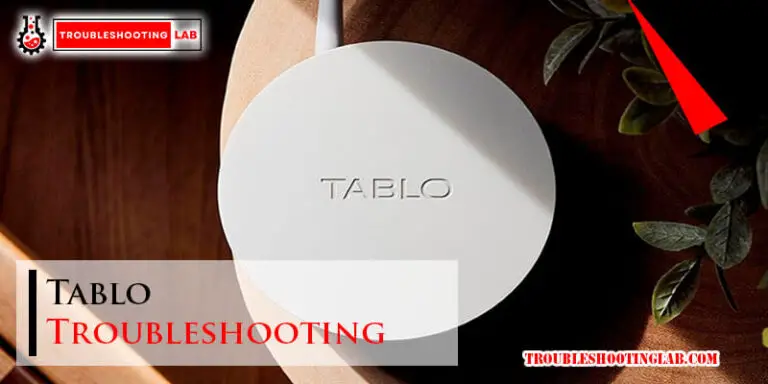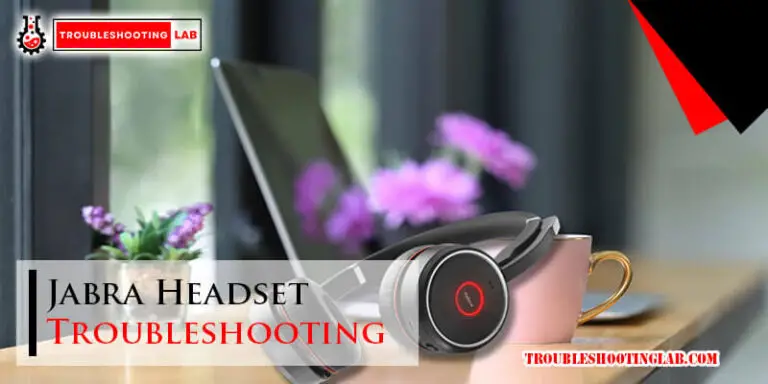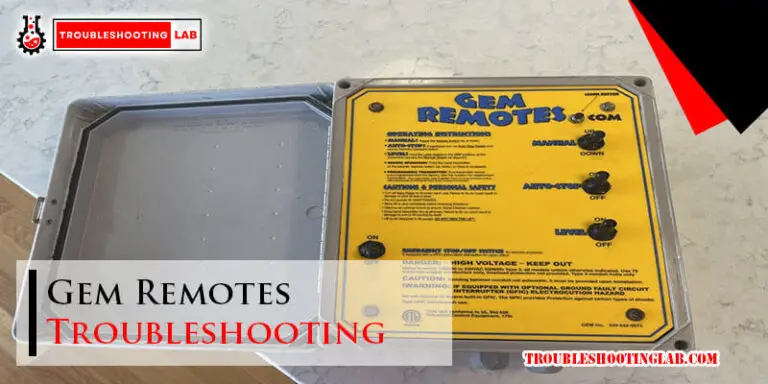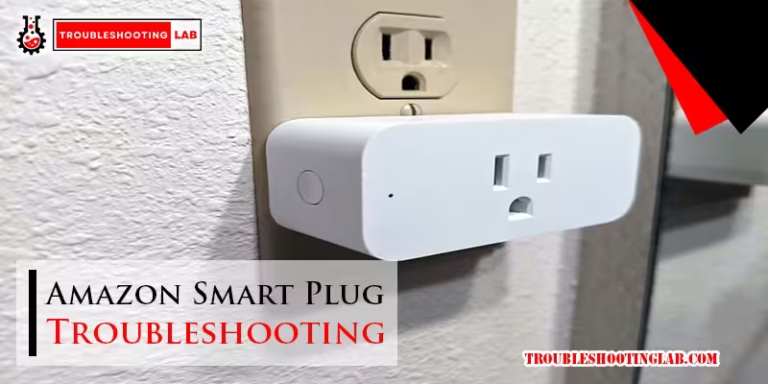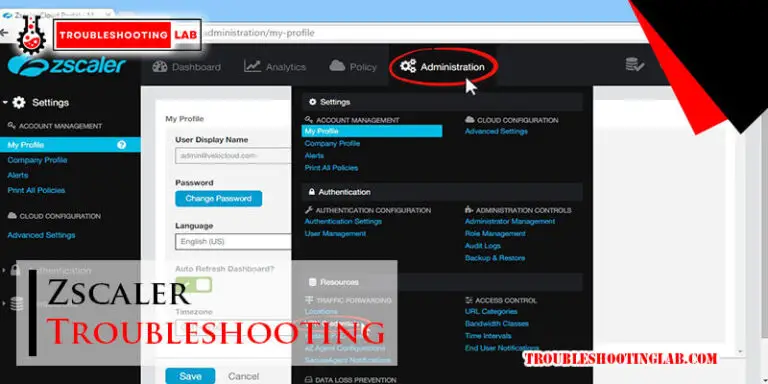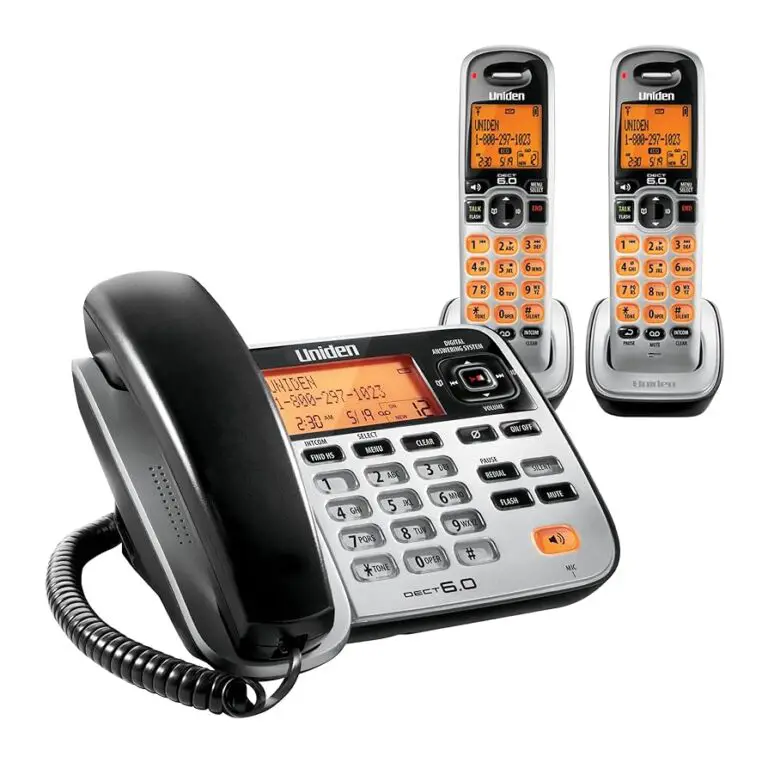Sprinkler Solenoid Troubleshooting: Quick Fixes and Tips
Sprinkler solenoids play a crucial role in your irrigation system. They control the flow of water, ensuring your lawn gets the right amount.
Experiencing issues with your sprinkler solenoid can be frustrating. From dry patches on your lawn to waterlogged areas, these problems signal something is wrong. Understanding how to troubleshoot these issues can save you time and money. In this guide, we’ll explore common solenoid problems and how to fix them.
You’ll learn easy, step-by-step solutions to get your sprinkler system back in working order. Whether you’re a beginner or have some experience, this information will help you maintain a healthy, beautiful lawn. So, let’s dive in and solve those solenoid troubles together!
Common Issues
Sprinkler solenoid issues are common in lawn irrigation systems. Understanding these problems can save you time and money. Below are some common issues and troubleshooting tips to help maintain your system.
No Water Flow
If your sprinkler system shows no water flow, the solenoid may be the issue. First, check if the water supply is on. Sometimes, the main water valve is turned off. If the water supply is fine, inspect the solenoid. Look for any visible damage or loose wires. A damaged solenoid will need replacement. Also, ensure the solenoid is properly connected. Reattach any loose wires if found.
Inconsistent Watering
Inconsistent watering can signal solenoid problems. Check the solenoid for proper function. A malfunctioning solenoid may not open fully. This can cause uneven water distribution. Clean the solenoid if dirt is visible. Dirt can block the solenoid, causing inconsistent watering. Also, verify the timer settings. Incorrect settings can lead to uneven watering. Adjust the timer if needed.
Tools Required
Having the right tools is essential for effective sprinkler solenoid troubleshooting. Using proper tools can help identify issues and perform repairs efficiently. Here’s a list of the necessary tools, divided into basic and advanced categories.
Basic Tools
- Screwdriver Set: Essential for opening solenoid covers.
- Pliers: Useful for gripping and turning small parts.
- Multimeter: Measures voltage, current, and resistance.
- Wire Strippers: Necessary for cutting and stripping wires.
- Insulation Tape: Used for securing electrical connections.
Advanced Tools
- Solenoid Valve Tester: Specifically designed for testing solenoid valves.
- Voltage Tester Pen: Checks for the presence of voltage in wires.
- Thermal Camera: Identifies hot spots and potential electrical issues.
- Needle-Nose Pliers: Ideal for reaching into tight spaces.
- Oscilloscope: Measures and visualizes electrical signals.
| Tool | Purpose |
|---|---|
| Multimeter | Measures electrical properties. |
| Screwdriver Set | Opens solenoid covers. |
| Solenoid Valve Tester | Tests solenoid valves. |
| Needle-Nose Pliers | Reaches tight spaces. |
Initial Inspection
Before diving into complex repairs, start with an initial inspection of your sprinkler solenoid. This step helps identify obvious issues that might be causing malfunction. By performing a thorough check, you can often pinpoint the problem quickly and easily.
Visual Check
First, conduct a visual check of the solenoid. Look for any visible damage. Broken wires, cracks, or corrosion are common signs of trouble.
Also, ensure that the solenoid is properly connected. Loose or disconnected wires can prevent it from functioning. Verify the connections are secure and not exposed to the elements.
Listening For Sounds
Next, turn on the sprinkler system and listen for sounds coming from the solenoid. A properly working solenoid will make a faint clicking noise when activated.
If you hear no sound or a continuous buzzing, there might be a problem. No sound can indicate a lack of power, while buzzing often means a stuck or faulty solenoid.

Credit: www.youtube.com
Testing Solenoids
Testing solenoids is an essential step in sprinkler system maintenance. The solenoid controls the flow of water to each zone. When a solenoid fails, it can disrupt your entire irrigation schedule. Let’s explore two methods to test your sprinkler solenoids effectively.
Using A Multimeter
A multimeter helps measure electrical resistance. First, set your multimeter to the ohms setting. Locate the solenoid wires and disconnect them. Connect the multimeter probes to the solenoid terminals. A functional solenoid should show a reading between 20 to 60 ohms. If the reading is outside this range, the solenoid may be faulty.
Ensure the power is off before testing. Safety first. A high or low reading indicates issues. Replace faulty solenoids to restore your system’s performance.
Manual Activation
Manual activation is another way to test solenoids. Locate the solenoid on the valve. Turn the solenoid counterclockwise to open it manually. Water should flow through the valve. No water flow suggests a problem with the solenoid or valve.
Turn the solenoid clockwise to close it. This test checks if the solenoid activates the valve correctly. Regular manual checks help identify issues early. Maintain your system by addressing problems promptly.
Cleaning The Solenoid
Cleaning the solenoid is an essential part of sprinkler solenoid troubleshooting. Over time, dirt and debris can build up. This can lead to malfunction or reduced efficiency. Proper cleaning can help restore the solenoid to its optimal function.
Removing Debris
First, turn off the water supply. This step is crucial to prevent water from spraying everywhere. Next, locate the solenoid on the sprinkler valve. Carefully unscrew it from the valve. Inspect the solenoid for any visible debris. Use a soft brush to remove any dirt or grass clippings. A toothbrush works well for this task.
For more stubborn debris, rinse the solenoid under running water. Make sure to remove all particles. Be gentle to avoid damaging the solenoid components. Once clean, dry the solenoid with a soft cloth. Reattach it to the valve and turn the water supply back on.
Checking For Corrosion
Corrosion can also affect the performance of a solenoid. After cleaning debris, check for any signs of rust or corrosion. Corroded parts can hinder the solenoid’s function. If you find rust, use a wire brush to gently scrub it off. For severe corrosion, you may need a specialized cleaner.
Apply the cleaner according to the product instructions. Ensure all parts are clean and free of corrosion. Rinse the solenoid thoroughly after using any cleaner. Dry the solenoid completely before reattaching it.
Regular cleaning and inspection can extend the life of your sprinkler solenoid. Keeping it free of debris and corrosion ensures optimal performance. Follow these steps to maintain your sprinkler system effectively.

Credit: www.socalyardtrans.com
Replacing A Faulty Solenoid
Replacing a faulty solenoid in your sprinkler system can seem daunting. With the right steps, you can do it easily. This section will guide you through the process.
Removing The Old Solenoid
Start by turning off the water supply. This prevents any water flow during the replacement.
Locate the faulty solenoid. It’s usually found attached to the valve.
Using a screwdriver, remove the screws holding the solenoid in place. Be careful not to lose them.
Once the screws are removed, carefully pull the solenoid off the valve. Disconnect the wires attached to it. Note their positions for the new solenoid.
Installing The New Solenoid
Take the new solenoid and connect the wires in the same positions as the old one. Ensure the connections are secure.
Place the new solenoid onto the valve. Align it properly.
Use the screws you removed earlier to attach the new solenoid to the valve. Tighten them securely but do not over-tighten.
Turn the water supply back on. Check for any leaks around the solenoid. If everything looks good, your new solenoid is installed and ready to go.
Test the sprinkler system to ensure the new solenoid is working correctly.
Electrical Connections
When your sprinkler system isn’t working, the problem may lie in the electrical connections. Ensuring that these connections are secure and in good condition is crucial. This section will guide you through inspecting and securing these connections effectively.
Inspecting Wires
Start by turning off the power supply to the sprinkler system. This ensures safety while working on the electrical components. Next, locate the solenoid and inspect the wires connected to it.
Look for any signs of damage, such as frayed or burnt wires. Damaged wires can hinder the flow of electricity, causing the solenoid to malfunction. If you find any damaged wires, they will need to be replaced.
Use a multimeter to check for continuity in the wires. This will help you determine if the wires are conducting electricity properly. Place the multimeter probes on each end of the wire and check the reading. A continuous wire will show a low resistance reading.
Securing Connections
After inspecting the wires, ensure that all connections are tight and secure. Loose connections can lead to intermittent issues, causing the solenoid to work sporadically.
Use wire nuts to secure wire connections. Twist the wires together and then screw the wire nut onto the connection. Make sure the wire nuts are tight and that no bare wire is exposed.
For added protection, use electrical tape to wrap around the wire nuts. This helps prevent moisture from entering the connection, which can lead to corrosion and eventual failure.
Finally, recheck all connections to ensure they are secure. Restore power to the sprinkler system and test the solenoid to see if the issue has been resolved.
Preventive Maintenance
Preventive maintenance is crucial for keeping your sprinkler system in top shape. It helps prevent issues before they become costly repairs. Regular maintenance ensures that your sprinkler solenoids work efficiently. This section will cover two essential aspects of preventive maintenance: regular inspections and seasonal adjustments.
Regular Inspections
Regular inspections help identify potential problems early. Check your sprinkler solenoids at least once a month. Look for signs of wear, damage, or corrosion. Ensure that wires are connected properly. If you notice any issues, address them immediately. This helps prevent bigger problems in the future. A quick inspection can save you time and money.
Seasonal Adjustments
Adjust your sprinkler system according to the season. In spring, ensure all components are working after winter. Check for any damage caused by freezing temperatures. In summer, your system might need more frequent watering. Adjust the settings to avoid overwatering or underwatering. In fall, prepare your system for winter. Drain the lines and insulate any exposed parts. Seasonal adjustments keep your system running smoothly all year round.

Credit: www.youtube.com
Frequently Asked Questions
What Is A Sprinkler Solenoid?
A sprinkler solenoid is a small device. It controls water flow in your irrigation system.
How Do I Know If My Solenoid Is Bad?
Check for signs like no water flow, low pressure, or unusual sounds.
Can A Solenoid Be Repaired?
Yes, sometimes cleaning or replacing parts can fix the solenoid. Otherwise, you may need a new one.
Why Is My Sprinkler System Not Turning On?
A faulty solenoid, electrical issues, or a damaged timer could be the cause.
How Do I Test A Sprinkler Solenoid?
Use a multimeter to check for electrical continuity. No reading usually means the solenoid is bad.
Conclusion
Troubleshooting a sprinkler solenoid can seem tricky. But it’s manageable with patience. Identify common issues like wiring faults and valve blockages. Use simple tools like a multimeter to test connections. Check for dirt or debris causing blockages. Regular maintenance helps prevent future problems.
Always consult your sprinkler manual for guidance. With these tips, your sprinkler system should work smoothly again. Happy gardening!

